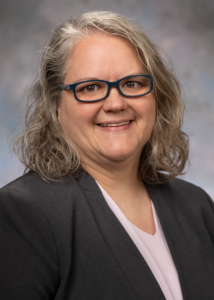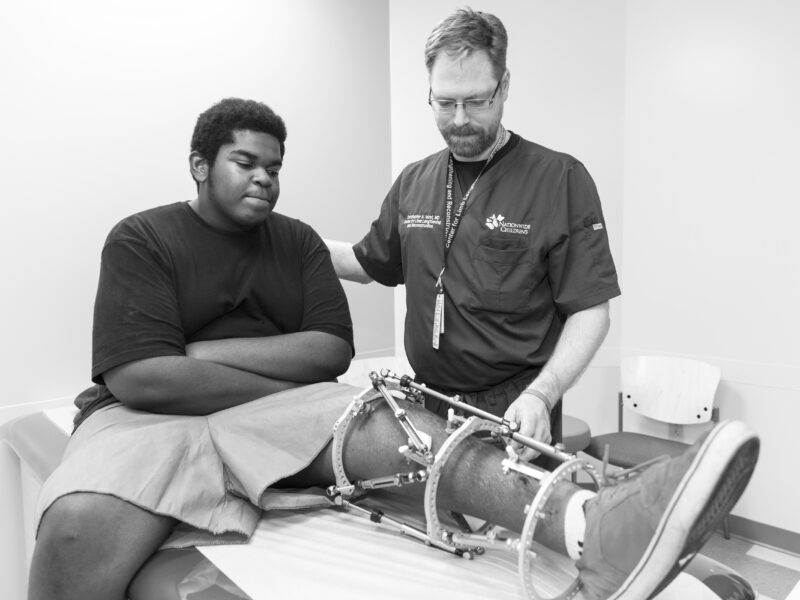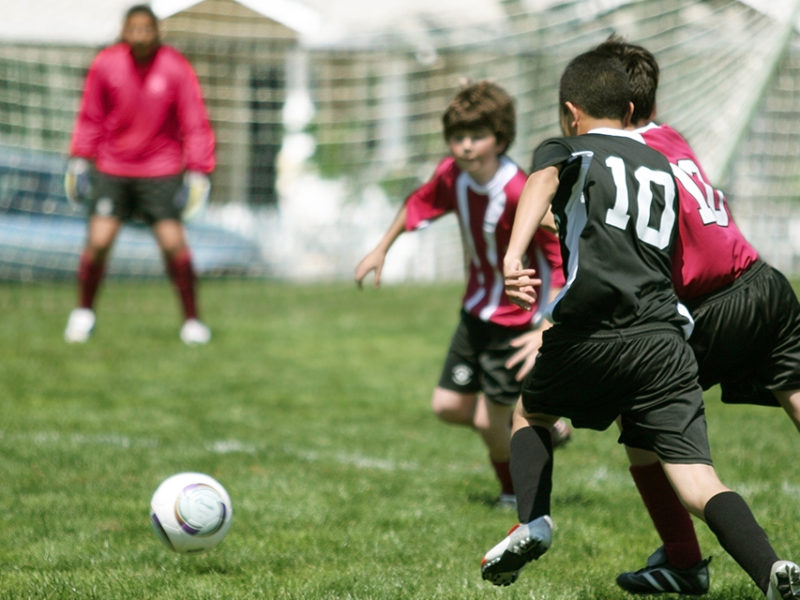Using 3D Motion Capture Technology to Improve Outcomes
Using 3D Motion Capture Technology to Improve Outcomes https://pediatricsnationwide.org/wp-content/themes/corpus/images/empty/thumbnail.jpg 150 150 Mary Bates, PhD Mary Bates, PhD https://secure.gravatar.com/avatar/c6233ca2b7754ab7c4c820e14eb518c8?s=96&d=mm&r=g- February 27, 2023
- Mary Bates, PhD

Kirsten Tulchin-Francis, PhD
Kirsten Tulchin-Francis, PhD, joined Nationwide Children’s in March 2022 as director of orthopedic research and director of the Honda Center for Gait Analysis and Mobility Enhancement. In a Q&A, she discusses how she uses motion capture technology to improve outcomes for pediatric patients.
What is your area of expertise?
I have over 25 years of experience working in gait analysis using 3D motion capture—the same technology used to make video games and movie special effects. We use it to understand how children with orthopedic and neurological conditions move and how we can better treat them.
How do you use this technology with patients?
We have a clinical service where patients are referred to us to undergo an analysis using motion capture to understand how they are moving in three dimensions. It is part of a comprehensive evaluation which also includes an clinical assessment with our physical therapist, mapping of the pressure under the patient’s foot while they walk, and their dynamic muscle activity. Then our team, which includes physical therapists, physical medicine and rehabilitation doctors and orthopedic surgeons, provide recommendations for treatment to enhance function and mobility.
We also use that same technology in research to understand outcomes of surgeries, physical therapies and other treatments.
Tell me about your recent paper about motion capture analysis in pediatric knee injuries.
This paper was part of a series in conjunction with the Pediatric Research in Sports Medicine Society (PRiSM). I am currently the chair of the Motion Analysis Research Interest Group. The purpose of this review was to understand how motion capture has been used in pediatric and adolescent patients and athletes with knee injuries. There has not been a lot of motion capture research on pediatric knee injuries other than ACL injuries. There is so much opportunity for us to use this technology to not only understand the biomechanics behind recovery from a knee injury, but also the biomechanics involved in obtaining a knee injury, and how we can reduce an individual’s risk of injury.
For what other conditions can motion capture be helpful?
A big portion of the clinical population that we see in our gait analysis lab is patients with neuromuscular conditions such as cerebral palsy or spina bifida. We also see patients with foot differences, such as clubfoot. And we’re moving into the area of spine biomechanics by studying the functional movements of patients who have scoliosis before and after different treatments such as bracing or surgery. This is an exciting, collaborative research project where we are looking at patients with adolescent idiopathic scoliosis as well as patients with scoliosis due to different neuromuscular or syndromic conditions.
What other opportunities at Nationwide Children’s are you excited about?
I’m excited to get more involved in our Adaptive Sports program; for instance, looking at patients who have had an amputation or a congenital limb difference and understanding how that impacts their ability to participate in sports and other recreational activities.
I’m really happy to be here and work with our entire team of physicians and medical providers. With the volume of patients that we see at Nationwide Children’s, I think we can have a great impact on research in pediatric orthopedics.
Reference:
Rhodes J, Tagawa A, McCoy A, Bazett-Jones D, Skinner A, Leveille L, Franklin C, Chafetz R, Tulchin-Francis K. Using Motion Analysis in the Evaluation, Treatment & Rehabilitation of Pediatric & Adolescent Knee Injuries: A Review of the Literature. Clinical Sports Medicine. 2022 Oct;41(4):671-685. doi: 10.1016/j.csm.2022.07.001.
About the author
Mary a freelance science writer and blogger based in Boston. Her favorite topics include biology, psychology, neuroscience, ecology, and animal behavior. She has a BA in Biology-Psychology with a minor in English from Skidmore College in Saratoga Springs, NY, and a PhD from Brown University, where she researched bat echolocation and bullfrog chorusing.
-
Mary Bates, PhDhttps://pediatricsnationwide.org/author/mary-bates-phd/December 27, 2016
-
Mary Bates, PhDhttps://pediatricsnationwide.org/author/mary-bates-phd/
-
Mary Bates, PhDhttps://pediatricsnationwide.org/author/mary-bates-phd/
-
Mary Bates, PhDhttps://pediatricsnationwide.org/author/mary-bates-phd/
- Post Tags:
- Gait Analysis
- Orthopedics
- Sports Medicine
- Posted In:
- Clinical Updates
- Features
- In Brief






